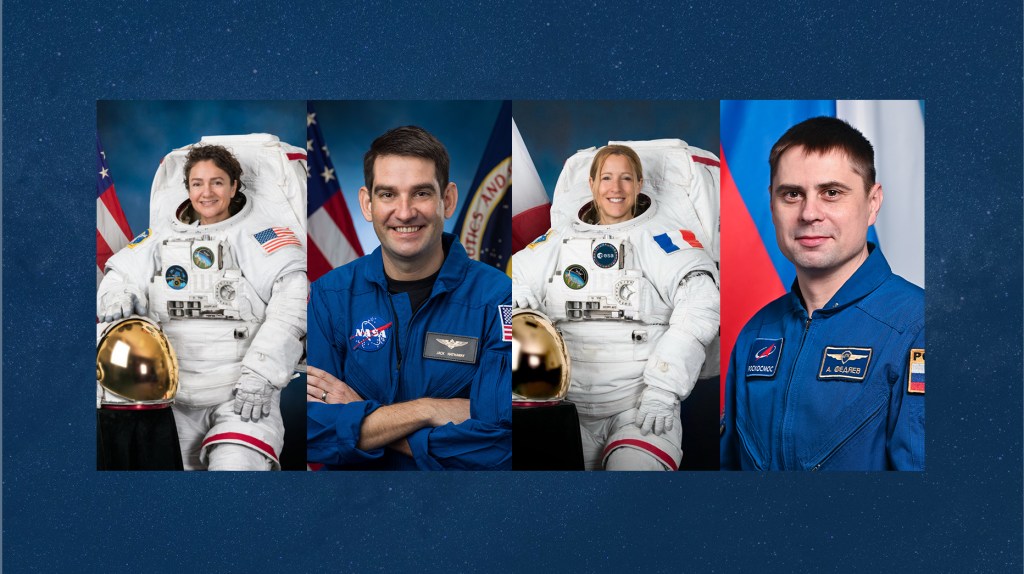NASA EXPLORER SCHOOLS PROGRAM TAKES OFF IN SEATTLE
June 30, 2003
Release: 03-36
Today NASA launched a major new education initiative, the NASA Explorer Schools Program, before an audience of nearly 1,000 educators, policy makers and educational technology industry representatives at the National Educational Computing Conference (NECC 2003) at the Washington State Convention and Trade Center, Seattle. The multimedia event kicked-off an innovative program that will send the Nation’s science and mathematics teachers “back to school” at NASA Centers in the summers to acquire new teaching resources and technology tools using NASA’s unique content, experts and other resources – to make learning science, mathematics and technology more appealing to students.
As part of the annual conference hosted by the International Society for Technology in Education, NASA Associate Administrator for Education Adena Williams Loston, Ph.D., joined by Astronaut Don Pettit and other special guests, formally announced the first 50 competitively selected NASA Explorer Schools.
Five schools will participate in a July 12 – 18 workshop at NASA Dryden Flight Research Center, Edwards, Calif. They are: Black Mountain Elementary and Middle School, Golden Valley, Ariz.; Flagstaff Middle School, Flagstaff, Ariz.; Kennedy Elementary School, San Diego, Calif.; Edwards Middle School, Edwards Air Force Base, Calif.; and Gifford C. Cole Middle School, Lancaster, Calif.
The new initiative, sponsored by the NASA Education Enterprise in collaboration with the National Science Teachers Association, establishes a three-year partnership between NASA and 50 NASA Explorer Schools teams, consisting of teachers and education administrators from diverse communities across the country. During the commitment period, NASA will invite teams to NASA Centers in an effort to spark innovative science and mathematics instruction directed specifically at students in grades 5 through 8.
The 50 selected school teams represent 30 states. Eighty percent of the schools are located in high poverty areas, with seventy-five percent in predominantly minority communities. Fifty-eight percent of the selected school teams are located in both high poverty and high minority districts.
“NASA’s mission is to inspire the next generation of explorers by helping to make learning science and math more fun,” remarks Loston. “The NASA Explorer Schools Program will provide us with yet another promising avenue to positively and uniquely impact science and math instruction in the Nation’s classrooms.”
For information about other NASA Education programs:
http://education.nasa.gov
http://explorerschools.nasa.gov
-nasa-
Note to Editors:































